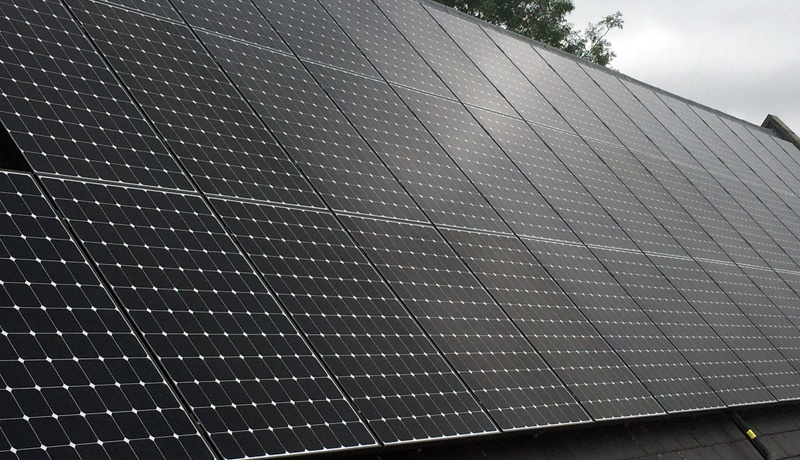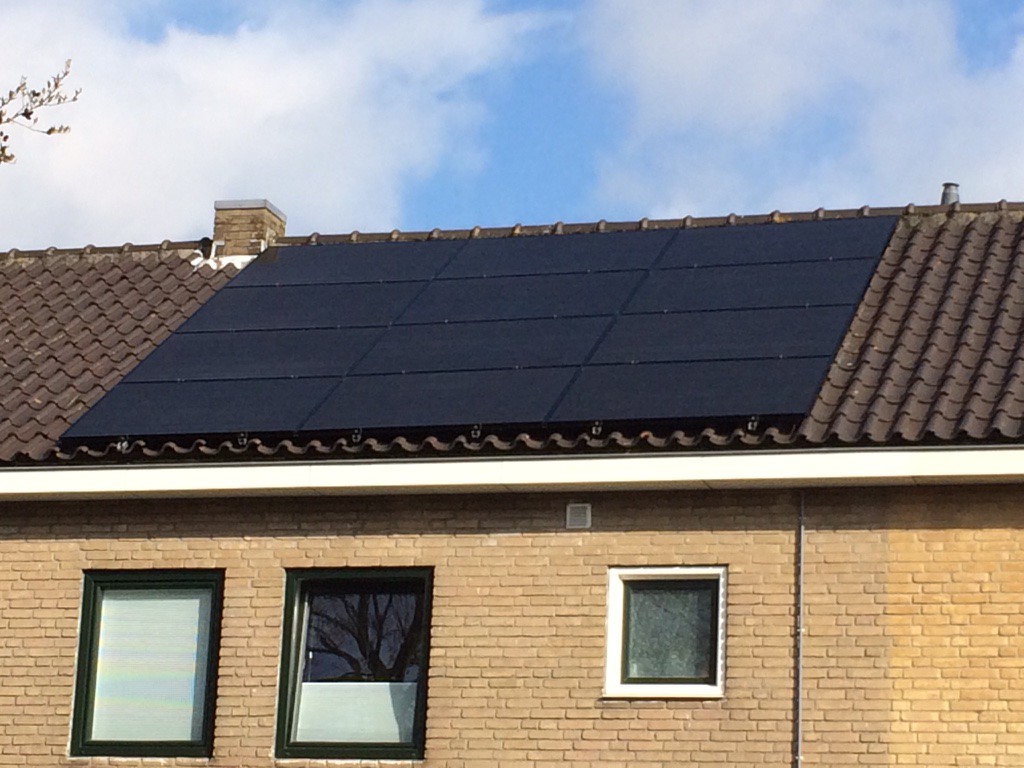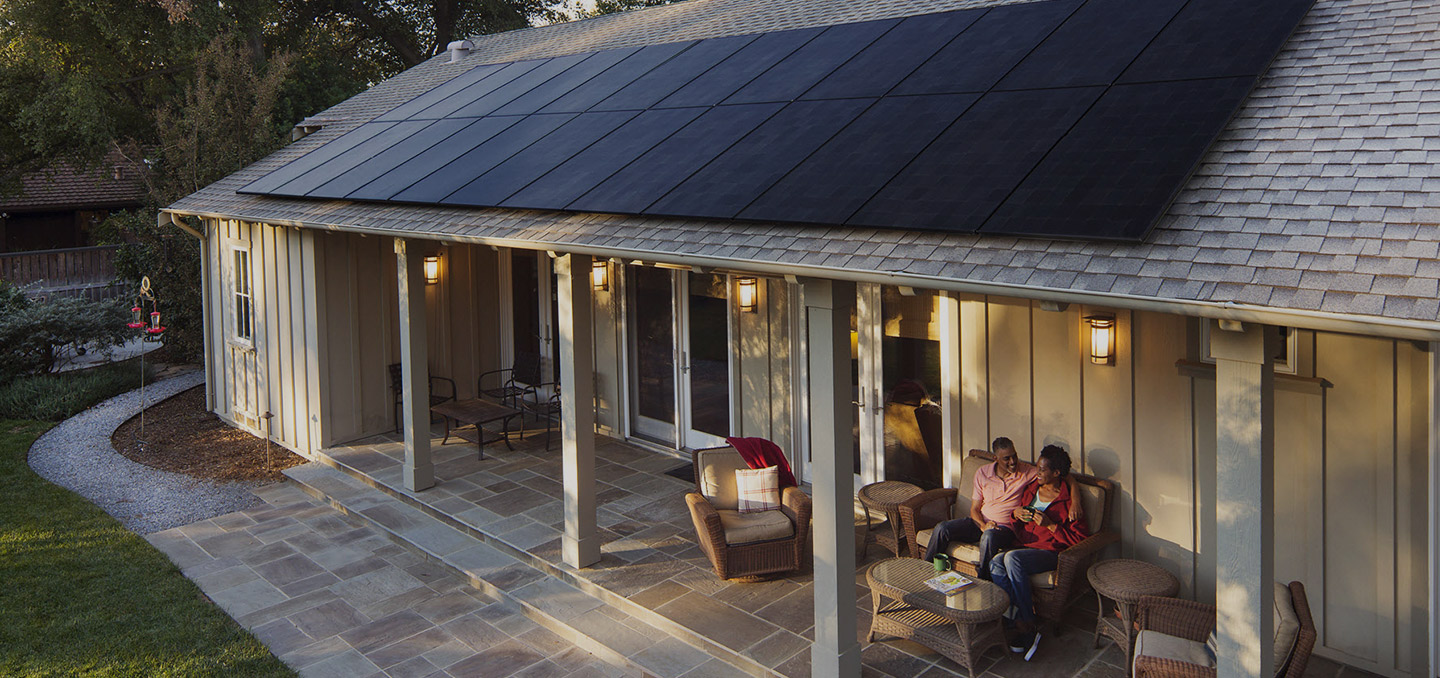
The U.S. Department of Energy’s National Renewable Energy Laboratory (NREL) just released a report that found that solar customers can achieve lower system prices by using online quote platforms like Solar.com.
The research Solar Buyer’s Markets: Unlocking Lower Photovoltaic and Battery Prices on Online Quote Platforms, was based entirely on solar PV and battery pricing data directly from Solar.com’s own solar quote database.
The Department of Energy researchers found that:
- Customers save with solar marketplaces. Platforms like Solar.com save solar shoppers between $0.20 to $0.40 per watt on their system or $1,000-$2,000 in savings for a 5-kW PV system. This equates to 10% average lower costs than if a homeowner were to individually contact installers.
- Customers save on home batteries too! About 93% of battery quote prices on Solar.com are lower than market-wide average prices.
Here’s a summary of the key findings from the NREL report.
What are online solar marketplaces?
The report notes how a majority of U.S. residential solar photovoltaic (PV) and battery customers obtain quotes directly from installers.
However, the entire process of quote collection is troublesome, as it requires prospective customers to invest time and effort to identify installers, arrange paperwork, and answer multiple phone calls to obtain a cost quote.
Many shoppers, so intimidated by the process, give up on the idea of going solar entirely.
The good news is that an increasing number of PV and battery customers are approaching online quote platforms to obtain multiple solar quotes easily and quickly.
How does a solar quote platform work?
There are three major components to solar marketplaces:
- Customers,
- the solar quote platform (Solar.com),
- and a network of installers.
The process for this online experience is typical:
- A customer or a homeowner submits information about the home and desired system characteristics to the quote platform.
- The platform collects this information from the customer, anonymizes it, and shares with a network of installers.
- Interested installers submit bids to the online quote platform.
- The platform analyses the bids from the installers and posts eligible quotes to its online quotes page, where customers can compare multiple solar quotes and can finalize one installer with the best quote.
 Source: NREL
Source: NREL
The Main Benefits of Online Solar Quote Platforms
- Quote platforms can save prospective customers a lot of time and effort by providing multiple quotes directly and easily.
- With multiple cost quotes, quote platforms provide more bargaining power to the customers.
- With quote platforms, customers can save roughly $0.20/W-$0.40/W. This is equivalent to $1,000-$2,000 in savings for a 5-kW PV system.
Data and Methods
The report analyzed the effects of quote platforms use on PV and battery bid prices by using data from Solar.com. The report compared quote prices on our platform to market PV prices using price data from the Lawrence Berkeley National Laboratory’s Tracking the Sun (TTS) data set.
Analysis of PV Bid prices
- Prices on our platform were found to be 10% lower than the market PV prices.
- 72% of platform PV prices are lower than $4/W, while only 51% of market prices could make the same claim.
- The results show that PV platform prices on Solar.com are roughly $0.41/W lower on average than market prices.
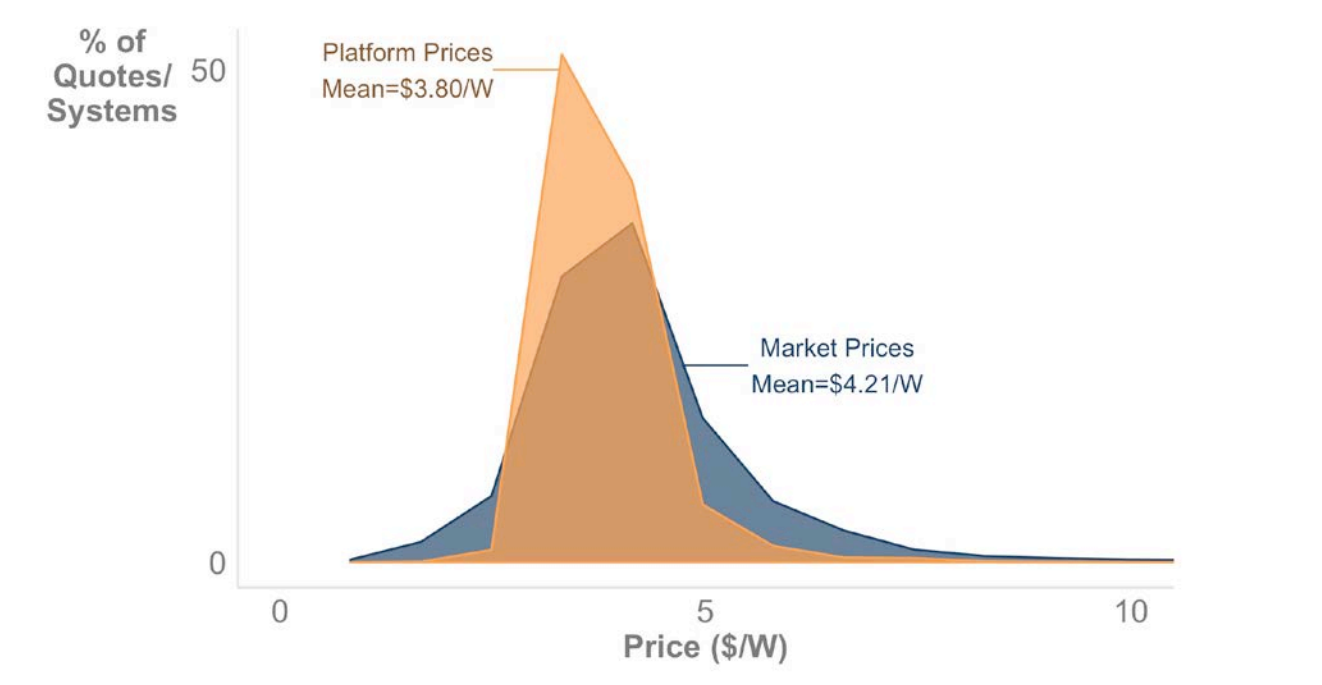
Online solar marketplace prices versus market average prices (Source: NREL)
Here are the results on a state-by-state, basis, for the areas analyzed:
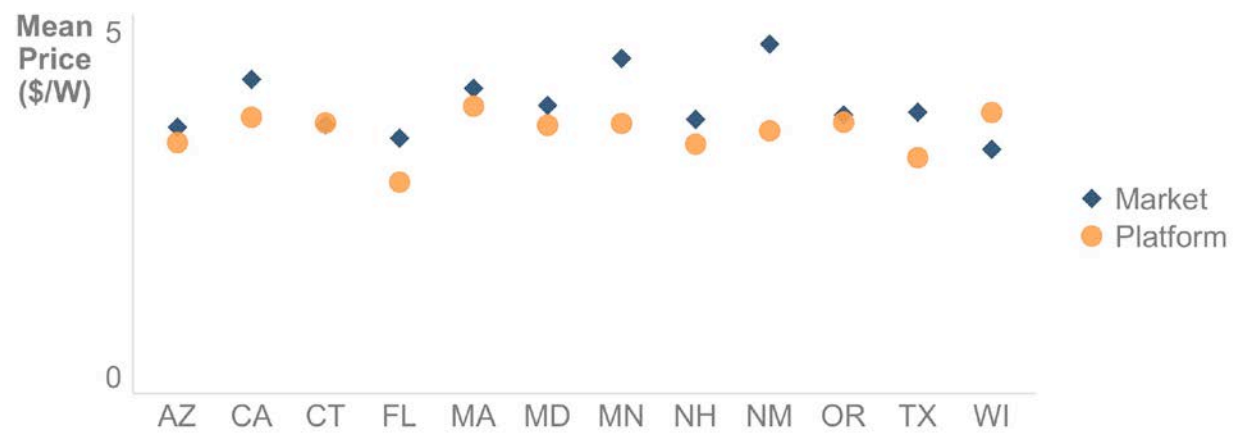
Online solar marketplace pricing per state versus market average (Source: NREL)
Analysis of Battery installation bid prices
- Despite the hardware costs of batteries dropping by 73% from 2010 to 2016, the installed battery prices have remained high.
- Studies show that battery customers can obtain lower prices by getting battery quotes from quote platforms such as Solar.com
- About 93% of battery quote prices on Solar.com are lower than market-wide average prices.
By combining the results from PV analysis and battery bid analysis, the research report clearly indicates that quote platforms provide a pathway to installed price reductions for batteries and for residential PV systems.
Key Aspects of Online Solar Marketplaces
The report also dove into a number of factors that are critical to the proper operation of a solar quote platform. We’re happy to see Solar.com checking all the boxes!
1. Customer Trust
Establishing customer trust is crucial for solar platforms. Solar systems cost roughly the amount of a new car, and facilitating that transaction online takes special care.
Solar.com assigns a dedicated Energy Advisor to every customer and helps them navigate through the entire process.
Even after signing up with a specific installer, Solar.com’s Customer Success department stays in touch with the customer to ensure a smooth installation process and mediates any issues with the installer.
With this level of support, Solar.com ensures a customer-centric experience.
2. Market Transparency
With the non-transparent nature of the overall solar market, customers have limited access to information about products, prices, specifications, and installers.
To accelerate PV adoption, the report highlighted information transparency as an important way to bridge this gap in the market.
Quote platforms can improve market transparency by providing various informational resources about PV adoption process (like providing data for NREL reports!).
Being transparent helps quote platforms to attract more customers by building customer confidence.
Solar.com provides educational resources like fair market prices, guides on the process of going solar, and information on installers.
We also have a video library and organizes weekly livestreams to provide information on various topics and answers prospective customer questions.
3. Quality Guarantees
Compared to other investments like the stock market, going solar is an extremely low-risk investment. But there is a chance a solar system under produces, gets physically damaged, or malfunctions.
To reduce these risks it is important for the customers to have access to quality guarantees from the installer and manufacturer.
The report notes how solar platforms can further reduce risk by serving as guarantors of qualities and warranties by setting minimum levels of certifications, insurance, product warranties for bids posted to the platform.
Solar.com requires all the installers to be fully insured and certified by the North American Board of Certified Energy Practitioners.
We only onboard installers with at least three years of solar installation experience. See our full list of installer criteria here.
In addition, Solar.com guarantees the system will generate at least 95% of the electricity we projected for a year. If not, we compensate the customer for the reduction in the cost savings and work quickly to resolve system issues.
Solar Marketplaces – a Win-Win for Going Solar!
This NREL study provides strong evidence that customers receive lower PV prices and battery bids with platforms like ours. Be sure to read through it here.
 The Solar.com team would like to extend a special thank you to Eric O’Shaughnessy and Robert Margolis, who authored the report!
The Solar.com team would like to extend a special thank you to Eric O’Shaughnessy and Robert Margolis, who authored the report!
Going solar may seem daunting for some people, but it doesn’t have to be.
Try our solar calculator for an instant look at how much you can save if you converted to solar power. Our Energy Advisors look forward to showing you solar quotes for your home from providers near you!


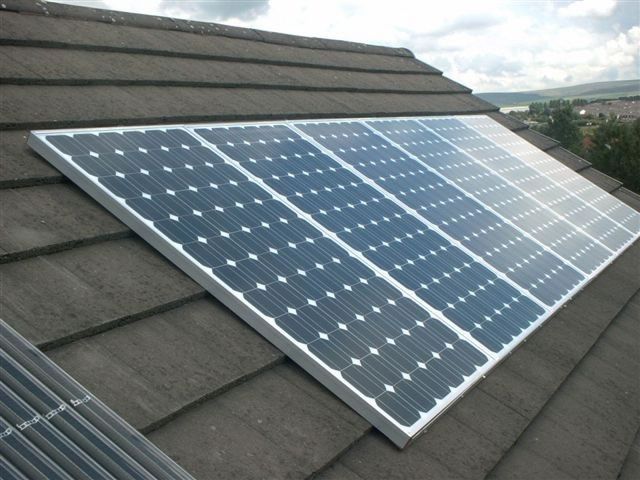 Image credit: Solar Power Brisbane
Image credit: Solar Power Brisbane